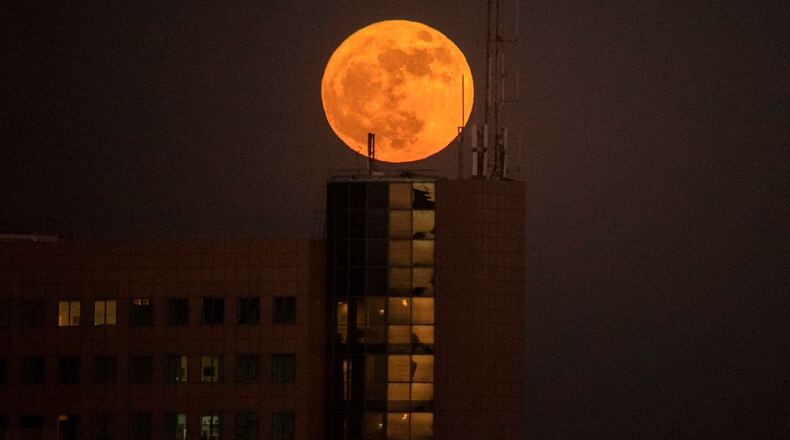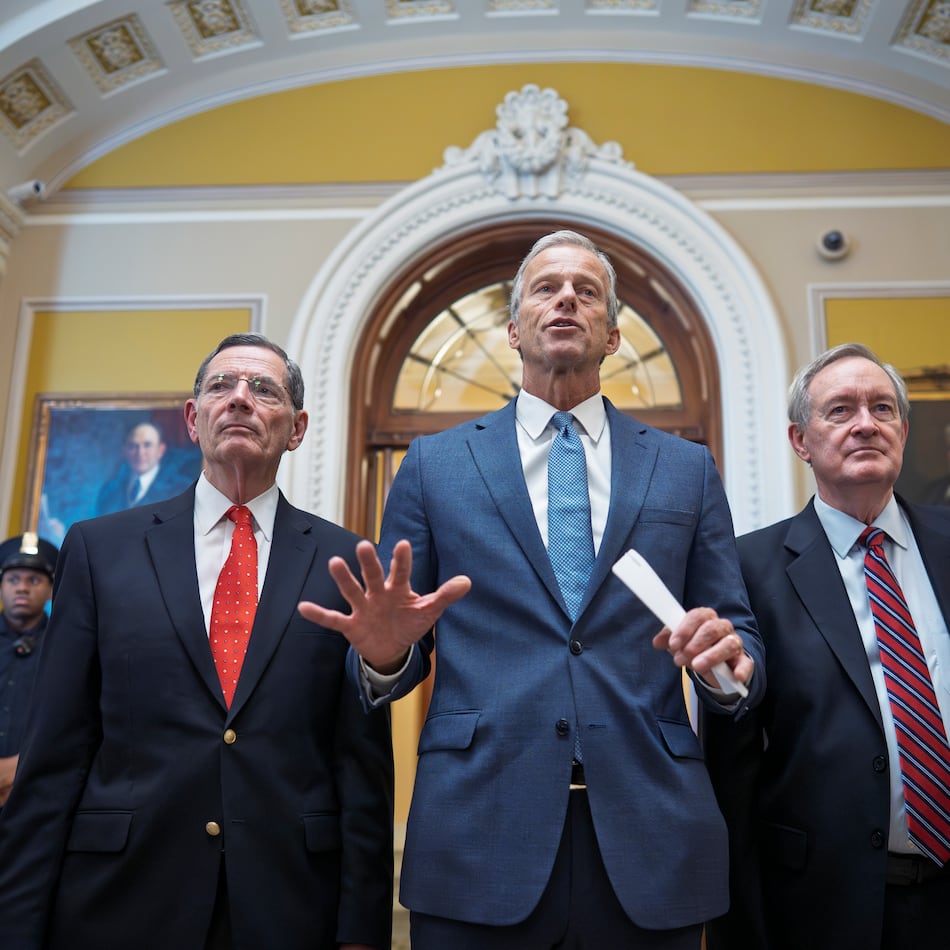A trilogy of supermoons begins Sunday night with a full cold moon that can be viewed in person or online, Space.com reported.
The other supermoons will occur on Jan. 1 and Jan. 31, 2018. In addition, there will be a lunar eclipse on Jan. 31 that will cause a “blue moon.”
Sunday's spectacular lunar view can be seen online beginning at 9 p.m. ET by visiting the Space.com website or by going to Slooh, an online astronomy service.
A supermoon occurs when the full moon is at its perigee, which is the closest point of its orbit to the Earth, Space.com reported. The moon appears to be larger and brighter than a regular full moon and up to 14 percent larger and 30 percent brighter than when it is at its apogee, which is its furthest point from Earth, Space.com reported.
About the Author
Keep Reading
The Latest
Featured

